
Last year we published an article on the attraction of the Munros, speaking to several keen baggers about their motivation for ticking off Scotland's 3000-ers. With lockdown easing and summer in full swing, now's a good time to look at that other great Scottish hill list, the Corbetts. These can often be quieter than Munros (in many cases, a lot quieter), making them a good option at a time when we're all trying to reduce our crowding impact.
First brought together in the 1920s by John Rooke Corbett, a founder member of the Rucksack Club, SMC stalwart and only the fourth person to complete the Munros, Corbetts are defined as Scottish hills between 2500 feet (762m) and 3000 feet (914.4m), with a prominence of at least 500 feet (152.4m).
It's this prominence, or drop, that sets the Corbetts apart from the less exacting Munro qualification criteria, and ensures that each Corbett is a stand-out individual summit that really has to be earned. Except in some rare cases, you're unlikely to climb more than a couple of Corbetts in a day.
I found the Corbetts to have a very different feel to the Munros. Whilst they are smaller, they are by no means easier
They may be smaller than the 3000-foot-plus Munros, but Corbetts yield nothing in rugged challenge. Compared to their bigger brethren you'll find less company here, and fewer well-trodden paths. Scattered across Scotland from the Borders to the far north, and found on a total of six islands, Corbetts have a geographical spread far beyond the 3000-ers. Bagging all 222 (at the most recent count) is quite the undertaking.
So how do they measure up in terms of quality? Peaks the calibre of Garbh Bheinn or Beinn Dearg Mor speak for themselves, and would deserve a look-in on any list of Scotland's greatest mountains. But for every craggy west coast beast there's a heathery dome in the Grampians. Is it worth putting in the miles (and miles) to bag the lot?
We asked three people who've done just that...
Lorraine McCall
Having previously walked a round of all 282 Munros, the first female to do so entirely under her own steam (including kayaking to Mull), Lorraine climbed all the Corbetts in a continuous self-powered round in 4 1/2 months over the summer of 2014...
I found the Corbett round much harder than the Munros, but probably also had a bigger sense of achievement at the end
What, for you, is the special appeal of Corbetts?
While a lot of people are now munro bagging the Corbetts are still less known and a lot of them feel much wilder.
Did you come to them after you'd completed the Munros, or have you always been into both?
Beinn an Lochain in Arrochar was my first mountain when I was a young lass still at school then later living in Paisley, The Cobbler was one of my favourite hills for exploring both walking and climbing. I then spent a few years living and working in Sutherland which is definitely Corbett and Graham country and my favourite on the mainland.
How would you say the average Corbett day (if there is such a thing) differs from your typical Munro day?
There is a lot more up and down with the Corbetts. It is not so easy to get a ridge full of Corbetts and doing multiple Corbetts in a day is a big undertaking. There are some classic big Corbetts days though, the five mountains south of Glenfinnan is one of the best mountain days in Scotland for instance.
What inspired you to go and walk them all in a continuous round?
I loved doing the Munro round. Over the four months that I was out I spent around three of them living in the present I wanted something that could get me back to that state of being.
In what key ways was the experience of this round different to your Munro journey?
Both the planning and the execution of a Corbett round is much more complex, with distance between the hills being a major consideration.
There are six islands with Corbetts (Arran, Jura, Mull, Rum, Skye and Harris) and on the Mainland they also go from the very north of mainland Scotland, Beinn Spionnaidh, down to the borders hills. West-to-east, Corbett country spans from An Cliseam on the Isle of Harris to Mount Battock in Aberdeenshire. There are less well trodden tracks. A lot more time is spent low rather than high.
When I did my Munro round I walked between the mountains and sea kayaked to the islands. When I did the Corbett round the extra distances involved meant that I walked and cycled between the hills and sailed to the islands. Both rounds involved the support and help of others but much more so with the Corbetts.
If you are ever losing faith in humanity go for a big walk. The help of both friends and strangers is humbling .
Being 10 years older and a few health issues probably made the Corbetts a bit tougher for me. I found the whole Corbett round much harder but probably also had a much bigger sense of achievement at the end.
How much of the ground you covered was new to you?
I loved walking from Balquhidder over to Loch Lomondside. That was really wild. I am embarrassed to admit that until my Corbett round I had never been up the mountains on Arran. I had cycled and sailed round the island but have been very late coming to the hills there - and what a landscape. Similarly the peaks on Jura and Harris were new and suitably rugged.
Do you have any particular favourite Corbetts, or Corbett-eering areas?
So many! I love Rum although during my round I was not lucky with the weather. As mentioned above, the big hill day south of Glenfinnan is spectacular and Foinaven and Arkle will always be special.
Tim Greenwood
Can you recall your first Corbett?
Yes, it was in the early 80s before we had the children. We had already been up a lot of hills in Snowdonia and The Lakes and fancied trying climbing some Scottish mountains. Armed with 'The Scottish Peaks' by WA Poucher we started with The Cobbler. I confess that I had no idea what a Corbett was then, but after scrambling to the exciting exposed top it certainly gave me a tasty introduction to the Scottish Hills.
Had you done a Munro round already and, if so, why do you think that people start with the Munros and then go on to the Corbetts?
I've visited many of them alone, often walking for several consecutive days without seeing another person
I finished the Munros with Ben More on Mull in 2010. I'd also included the Munro Tops. For me, it felt appropriate to start with the big, iconic mountains. After that, seeking out more obscure, challenging hills was the obvious next step. The Corbetts are the next biggest and there are excellent guide books available to assist in trip planning.
When did you decide to start working through the list and how long did it take?
When I finished the Munros, I had already ticked off thirty three Corbetts. These were mostly geographically close to Munros and formed part of an extended walking round (I love route planning!). Some of these (e.g. An Ruadh Stac and Fhuar Tholl) were wonderful, challenging hills. I wanted to visit more, so, for me then, the Corbetts were the logical next stage of my exploration of the hills of Scotland. I completed the Corbetts in 2017, so it took seven years from completing the Munros. My last hill was Beinn a'Chaisteil (the northern Loch Vaich one). This was completed on a solo trip in great weather conditions. Between 2010 and 2017, I had thirty one trips to Scotland. I would have completed the Corbetts earlier, but some of the trips were leading my friends to complete their Munros.
Have you completed many other hill lists?
Yes, I've completed the Donalds, Donald Tops, Furths and Wainwrights. I'm missing one Munro Top on Skye (I think I'll need to be roped up that one!). My main priority now is the Grahams and I have just over a hundred to visit (I hope to get back to these later in the year assuming that the lockdown ends!). I have also been ticking off Corbett Tops on Corbetts (CTCs). These really enhanced the trips by extending the route lengths and have taken me to some really very remote hill tops. They also made a lot of the walks into loops rather than 'there and back'. To complete these, I'm still missing ten of the many Tops of the huge, remote plateau of Leathad an Taobhain and really must plan a long trek in there to visit them soon. Other work in progress lists are Wainwright's Outlying Fells, Nuttall's English Mountains and Nuttall's Welsh Mountains.
It's often said that the Corbetts are harder than the Munros. What factors do you think accounts for their tough reputation?
There are two factors that are key to this. Firstly navigation. Wave goodbye to the motorway paths on the Munros and pick your way up through whatever is there and don't expect to meet anyone on the way, especially when visiting the outlying Tops. The other factor is the prescriptive drop off on all sides. It is much harder to get a bag full on a day's outing (five max on the long loop above Tyndrum!) so it requires more days in the hills to visit them all. Some of them are very remote too, with very long walk ins/outs and possible wild camping.
Living so far away, but still managing to complete a Corbett round must take a degree of focus. Did you find it easy to stay focused and goal oriented?
I love walking in the remote hills in all seasons of the year. I have never lost focus and am extremely goal driven. For me, the walk planning is an important part of the experience. For the Corbetts, the two volume Cicerone guide and the SMC guide are great aids. For trip planning, I mainly use the OS 1:50,000 maps through Memory Map (I also have the 1:25,000 but this is generally more detail than you need for the Scottish hills). I like printing out an A4 sheet with the route and use this to get to the top. I do have the maps, GPS enabled, on my smartphone and use these as a back-up if necessary. With travelling a long way to get there, I do not consider that having a day off is an option. This means going out in all weather conditions. With this in mind, if the weather is truly terrible, it is good to have a 'Plan B' option available which could be an easier hill or a shorter walk, although this gets trickier as the 'to do' list gets shorter.
What sort of distance would you generally be travelling on a typical Corbetts trip?
Fort William is five hundred miles from home so any trip needs to be carefully planned. Traffic in the South or on the M6 can be horrendous and best avoided. Therefore, I either leave home c. 03:30 which keeps me away from the traffic in the South and gets me to Glasgow just after the rush hour, or alternatively, I book a Travelodge room at either Lancaster Forton or Burton in Kendal (you can often get one for £25-£30) and drive up the evening before. This makes for a shorter drive on the first day and a better opportunity for a longer walk.
Presumably you did more long breaks than weekend trips. How many would you tend to bag on a trip?
On a typical trip, I would go up on a Thursday or Friday and return on the Saturday of the following weekend, a nine day outing. Driving back on a Saturday is an important consideration, there is so much less traffic on the motorways than on other days. Don't forget it is a very long drive normally after a walk in the hills. The last thing that you need then is a few hours queuing on the M6 or M25! Short trips are not really practical but I have done a few, catching the early flight from Gatwick to Glasgow, picking up a hire car and returning on the last flight two or three days later.
On a typical trip, I would climb at least a Corbett a day, more if possible and as many of the associated Corbett Tops as possible. Typically, this would involve walking eighty to a hundred miles during the nine day trip and climbing around eight to twelve thousand metres of ascent.
Could you offer any words of advice or encouragement to any would-be long distance Corbetteers?
Go for it! If you enjoyed the Munros, you should enjoy the Corbetts. There are extra navigational challenges though and the going is often tougher, but you'll be away from the crowds and definitely sharpen up your route-finding skills. You need to carefully plan out your trip. Decide where you are going, where you are staying (I've stayed in hostels, bothies, camped out, slept in the car and booked cottages for a week) and what you are eating (take plenty of tins and know where the shops are: Morrisons in Fort William, Tesco in Inverness and any of the Co-ops are good places to stock up with fresh stuff). Don't forget the Corbett Tops either, there are some other fantastic nearby remote places to be discovered on your Corbetting day out too.
Wave goodbye to the motorway paths on the Munros and pick your way up through whatever is there...
It probably goes without saying but, what you wear and what you carry is very important. There is a lot of great kit on the market, warm, lightweight and waterproof (always take enough for the worst conditions). Make sure that you take enough food and drink, a first aid kit, torch and bivvi bag and in winter conditions an ice-axe and crampons should always be with you. If you are wild camping you'll be surprised how light tents, sleeping bags and stoves can be! Always take a phone and for long days a back-up battery charger. I always take a paper map of the route too. Maintaining mountain fitness is a factor too. You shouldn't underestimate the challenge of some of the more difficult hills.
There must have been more to it than the satisfaction of completing the list. What, for you, are the specific attractions of the Corbetts?
Being out in the remote countryside, enjoying the physical and navigational challenges of getting to the top (and down again!). The Mountain wildlife is a bonus too. I've visited many of them alone, often walking for several consecutive days without seeing another person. It is difficult to describe feeling of mental wellbeing that this gives.
Do you have any particular favourites?
It has been fun looking at the list and reliving some of the memories, there are so many of them. Here are a few of the highlights:
- Foinaven - Ganu Mor – a wonderful long, tough trek out and back if you visit all of the Tops.
- Garbh Bheinn of Ardgour – one of the finest loops in Scotland!
- Fuar Tholl and An Ruadh-Stac – more exciting that their neighbouring Munros.
- Rum and Jura – Fantastic rugged, remote hill loops.
- Ben Aden – Gnarly and very remote, just getting there and back is an amazing achievement.
- Knoydart and Torridon – Just as rugged as the Munros without the paths and the people!
They can't all be equally worthwhile, which would you say is the most boring Corbett?
Although some guide books use the word boring, I couldn't possibly use it to describe any of them. Some of the hills out east are easier. But you're more likely to see hares, deer and mountain birds on them so the focus is different. The variety is incredible. Navigation too can be a big challenge on the Eastern plateaux, especially in low cloud.
Will Copestake
In 2017 Will Copestake completed a full round of the Corbetts in a single winter season. His 'Coldest Corbett' journey lasted from November through to April.
Can you recall what your first ever Corbett was?
I can't recall exactly, but I'd be fairly confident that it would be Quinag or Cul Mor which I'm fortunate to say are local hills to me. My parents took my sister and I up the local peaks fairly regularly as we grew up in Ullapool. My first Corbett in my winter round was Clisham on the Hebrides.
There must be more to them than being also-rans to the Munros - so what would you say are the special attractions of the Corbetts?
I found the Corbetts to have a very different feel to the Munros. Whilst they are smaller, they are by no means easier, I certainly noticed that many had far more remote and demanding approaches than the Munros. I particularly enjoyed the 'forgotten' feel that many created and noticed far fewer had paths leading to the summit, a few even without cairns, I seldom saw other hikers on the Corbetts.
The Corbett qualifying requirement (150m drop) is more exacting than the definition of a Munro, so does that help Corbetts remain prominent and independent-feeling hills despite their lesser elevation?
It absolutely does. During my Munro round the most peaks I bagged in a day were nine (South Shiel Ridge) which all told wasn't the hardest to achieve, whereas the Corbetts I managed seven (Tyndrum five plus two to the south) which was a big undertaking. The set requirements of a 500 foot drop meant the summits were certainly more isolated and harder to link.
Whilst they are smaller, many have far more remote and demanding approaches than the Munros
There's a general perception that Corbetts are harder than Munros, being more widely scattered, more free-standing, and often less trodden. What's your take on that?
I think I'm a little biased in comparing this because of the way I did my two rounds. For the Munros which I did via a bicycle and living in a tent weathered a particularly harsh, snowy and windy winter. The Corbetts on the other hand, I traversed using a van (far, far more pleasant) and enjoyed a comparatively mild frosty winter. For me this meant the Corbetts were mentally and logistically a lot easier. As such, the Munros felt like to me like an epic mountain saga where the Corbetts was more of a fell running/mountain biking adventure. Because both were largely snowy, I noticed little difference in navigational challenge to either.
Had I done both living on my bike, I think the Munros would still be tougher as a winter task overall, if anything for their increased elevation and exposure, but the Corbetts were perhaps harder to access.
What inspired you to want to give them a bash as a continuous winter round?
After my munro mission, it seemed the logical next step as a long winter folly. Part of my reason for the winter Corbetts was also to massively increase my experience in winter leadership, hence the open invitation for others to join me as companions as much as sharing the fun. I'm still pursuing my winter mountain leader having finally ticked the training off last year at Glenmore Lodge. With over 600 winter peaks in the UK bagged, I'd like to go for assessment next winter if I can.
Had you done them all before the winter round, or was this more of a journey of discovery?
I'd done far fewer Corbetts before my round (11 repeats) than I had from the Munros (64 repeats). As a result the journey was largely an exciting round of discovery, especially when venturing to areas well away from Munros such as the Ardgour Peninsula, Harris, Jura and Rum.
As well as being a physically exacting challenge that winter round must have been life-changing: can you sum up the experience in a few paras?
The Corbetts were a wonderful progression from the Munros, not necessarily easier but definitely a Great British adventure. There were, as to be expected highs and lows, wild days spent alone in far-gone places, social days summiting with friends and strangers, all days were memorable.
It was an exciting challenge and a wonderful freedom to be able to experience. As I found after the Munros I'm left feeling there is so much more yet to explore for the future here in Scotland.
So have you got any particular favourite Corbetts, or Corbett-eering areas?
My favourite Corbett area outright is undoubtably those of Inverpollaidh and Assynt, Cul Mor & Beag, Quinag and Braebag to name a few. However the area which surprised me most and which I rave about to Munroists is undoubtably the Ardgour Peninsula, those peaks were essentially Munros without the traffic. The Rum Cullin were my favourite Corbett scrambles by far.
- REVIEW: Trekmates Ankle Gaiters 23 Apr
- INTERVIEW: Exmoor Coast Traverse - England's Best Kept Mountaineering Secret 10 Apr
- REVIEW: Rab Muon 50L Pack 9 Apr
- REVIEW: Boreal Saurus 2.0 22 Mar
- REVIEW: The Cairngorms & North-East Scotland 1 Mar
- REVIEW: Mountain Equipment Switch Pro Hooded Jacket and Switch Trousers 19 Feb
- Classic Winter - East Ridge of Beinn a' Chaorainn 12 Feb
- REVIEW: Salewa Ortles Ascent Mid GTX Boots 18 Jan
- REVIEW: Patagonia Super Free Alpine Jacket 7 Jan
- REVIEW: Deuter Fox - A Proper Trekking Pack For Kids 27 Dec, 2023



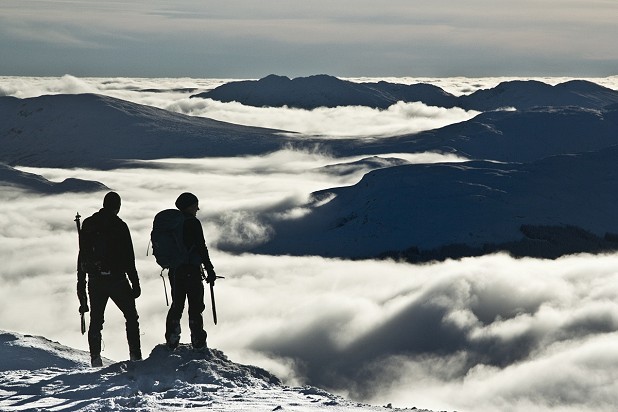
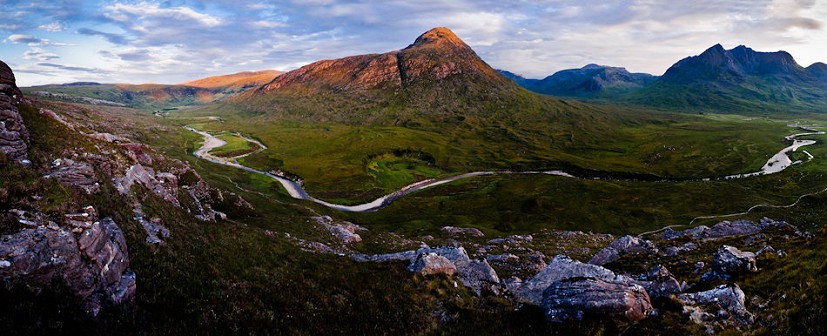

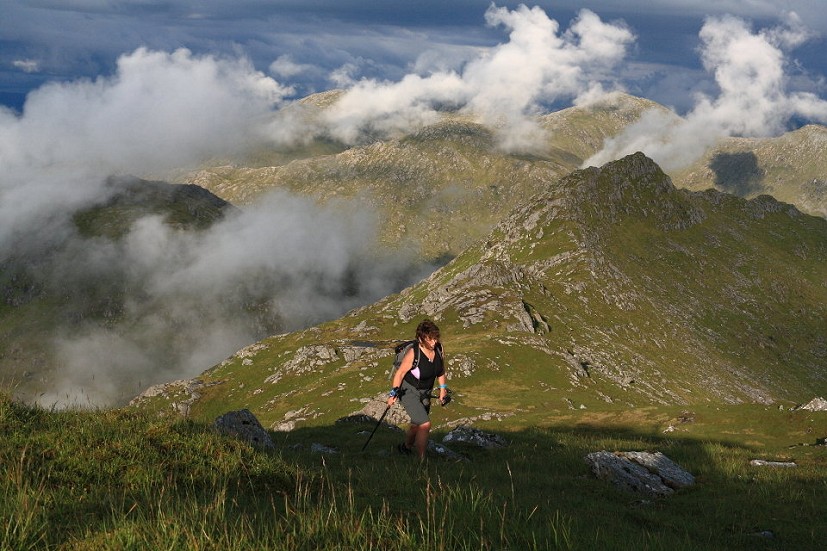
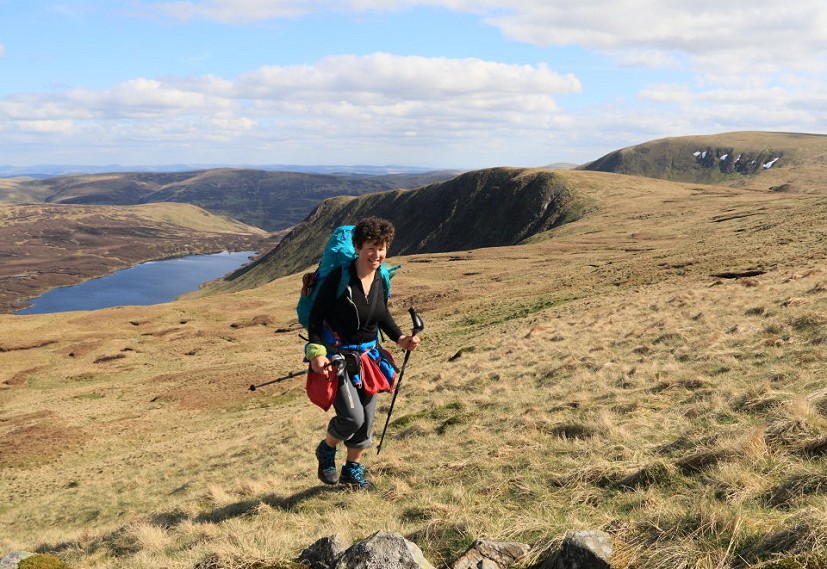
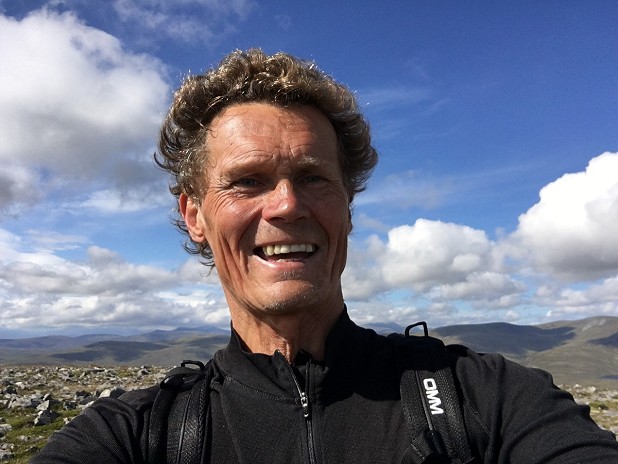
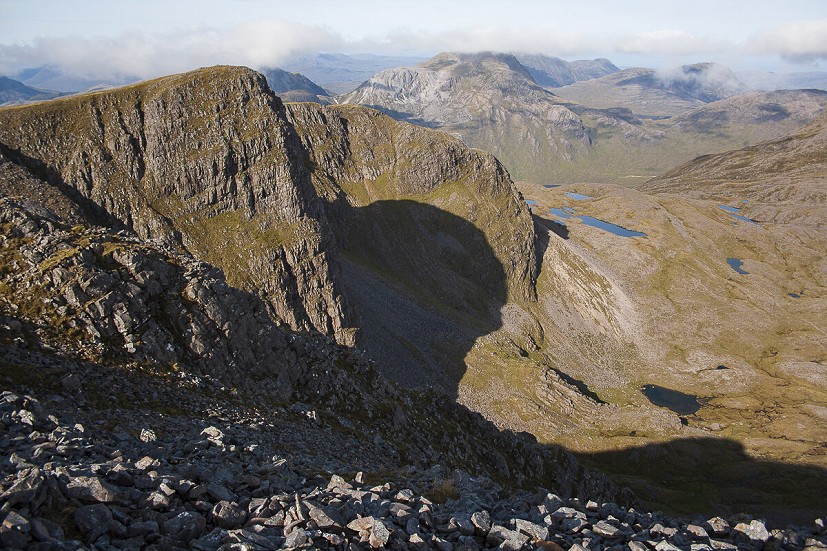
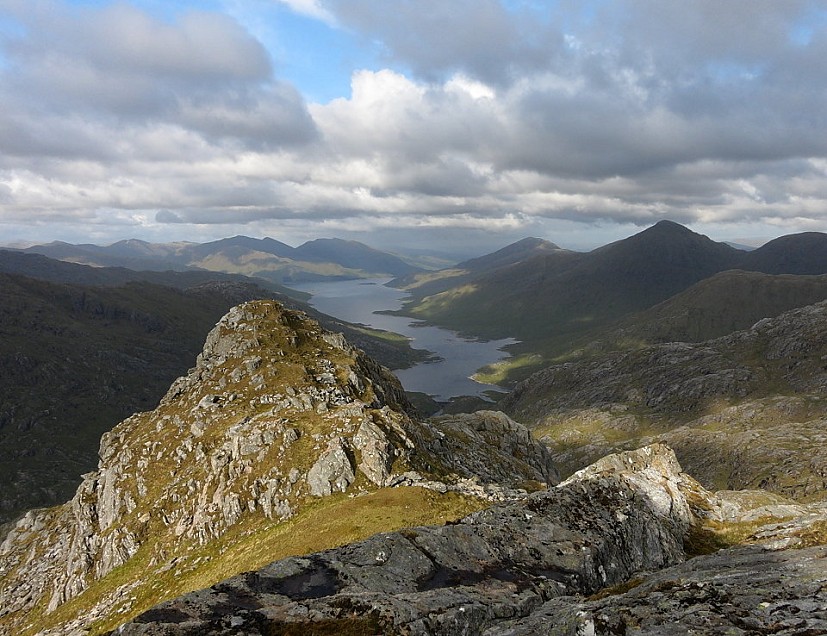
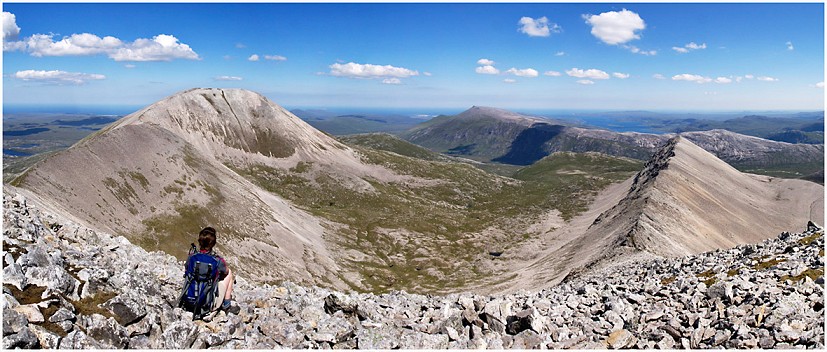
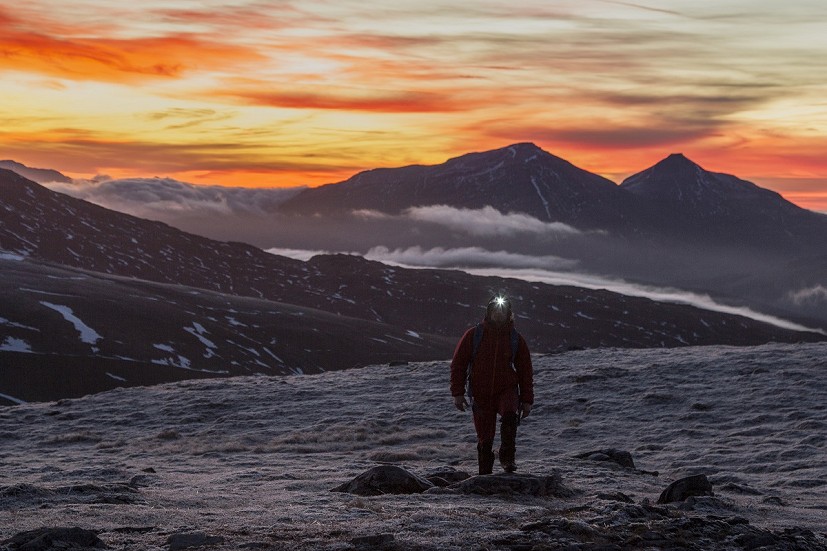

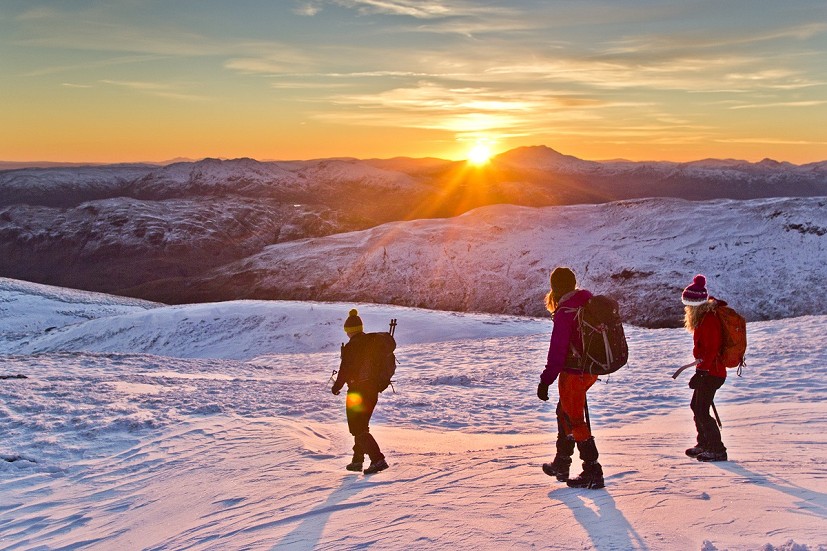

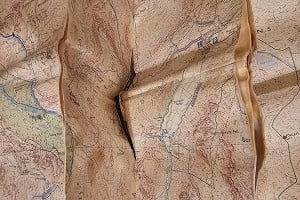
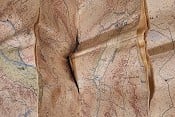


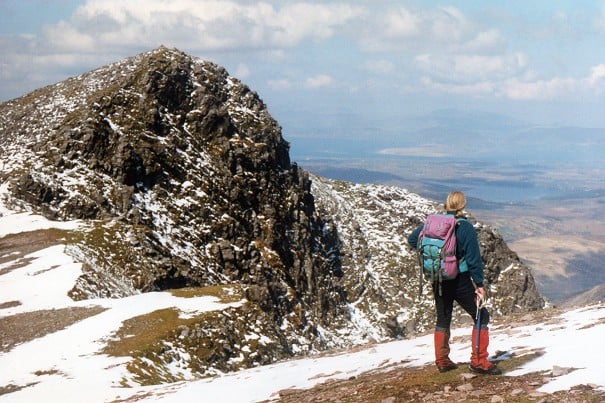

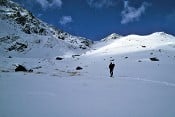
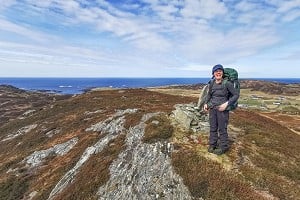
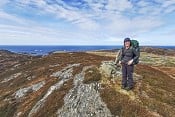
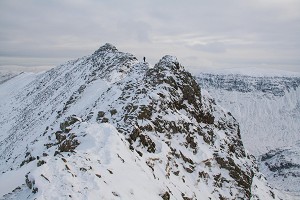

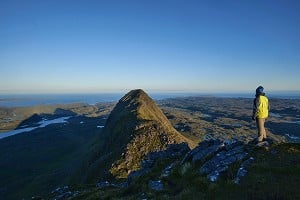
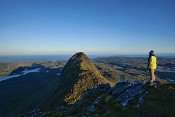
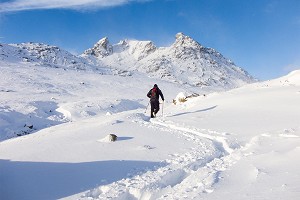
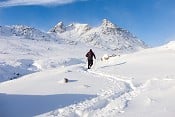

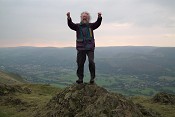
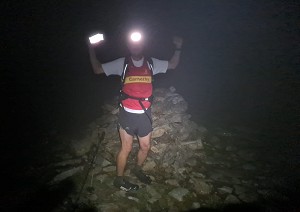
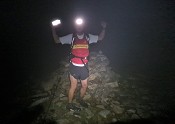
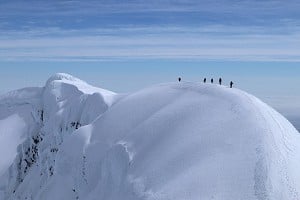
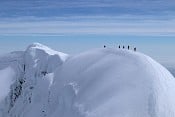
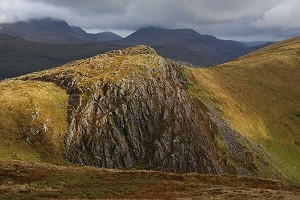
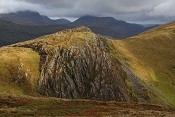
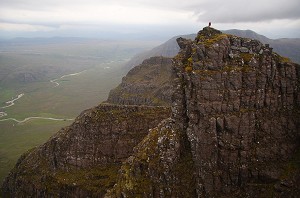
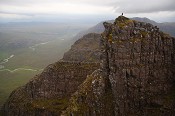
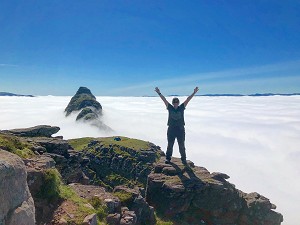
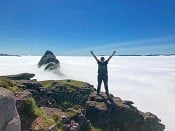


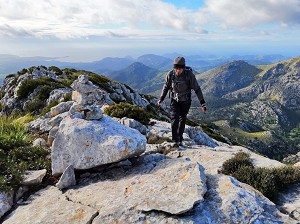
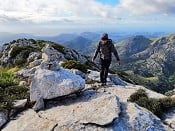
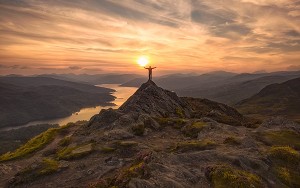

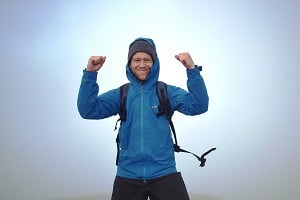

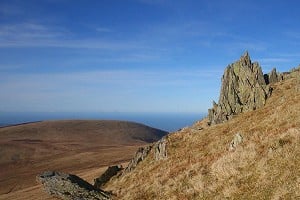
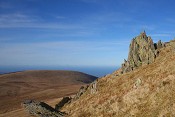


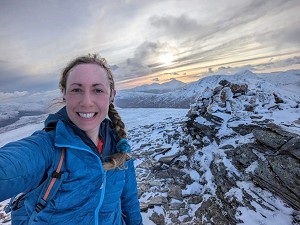

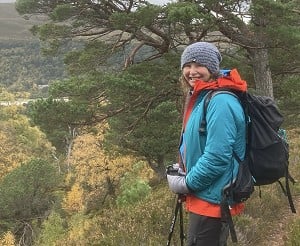
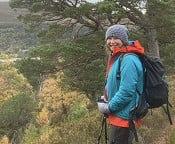
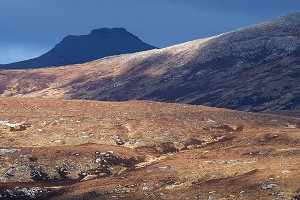

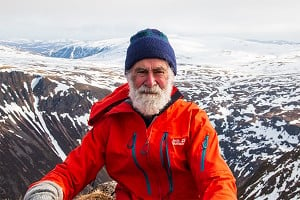
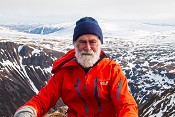


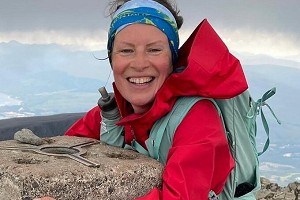
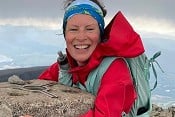
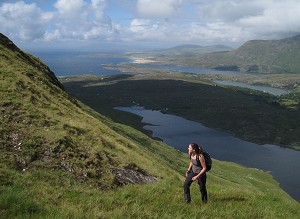

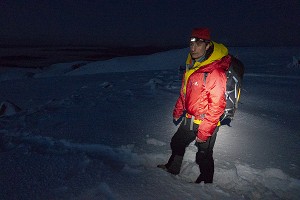
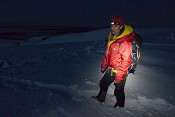
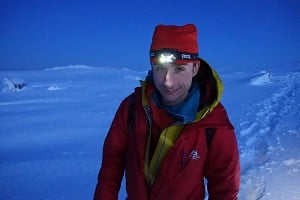
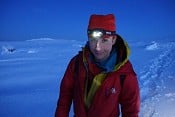
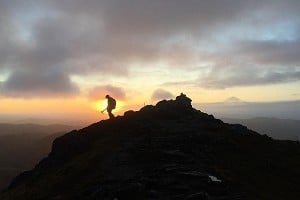

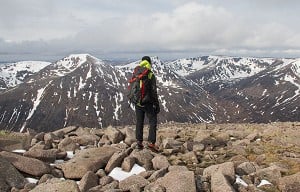
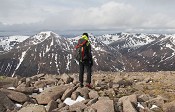
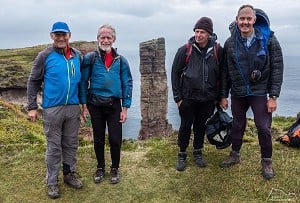
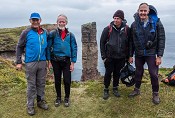


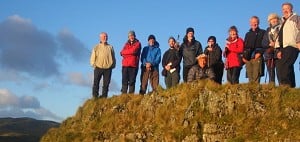

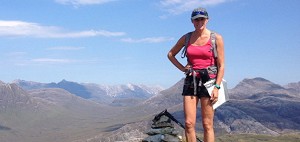

Comments
Slowly eating my way into the Corbett round, while stalled at about 220 on my munro one.
This week I managed three more to bring my score to 119, but, while slowly stumbling up hill over pathless rough ground with knee high heather in the eastern Cairngorms, a full camping kit and all food finished the night before, I was trying to frame what brought me there. Ignorance, isolation, hope and indistinct memory I think!
I tend to recall most clearly the better elements of a day out, the post-walk chill out, rather than the relentless fight against gravity, entropy and nature. However, yeah, those round bumps of the Grampians...